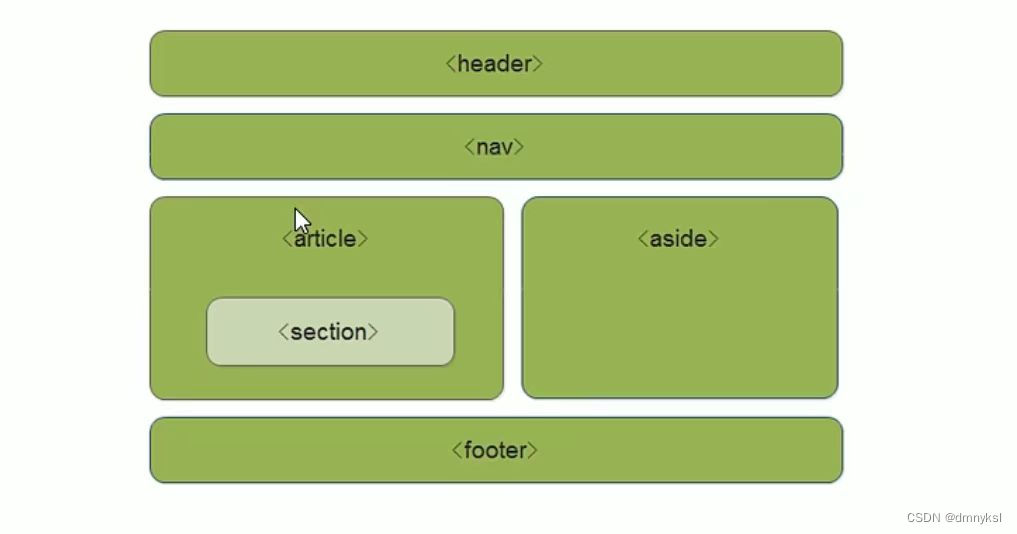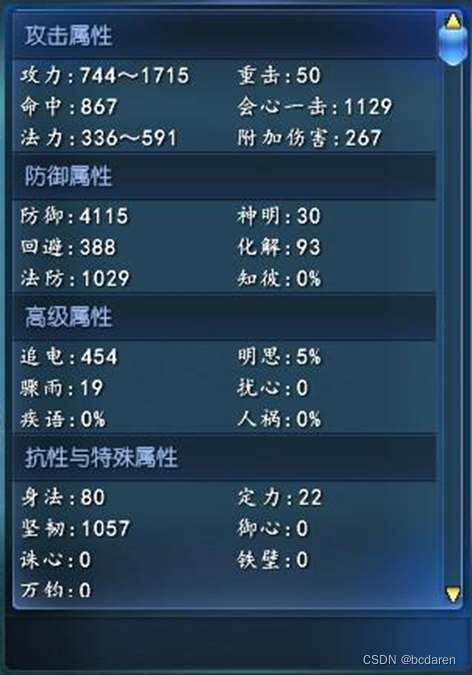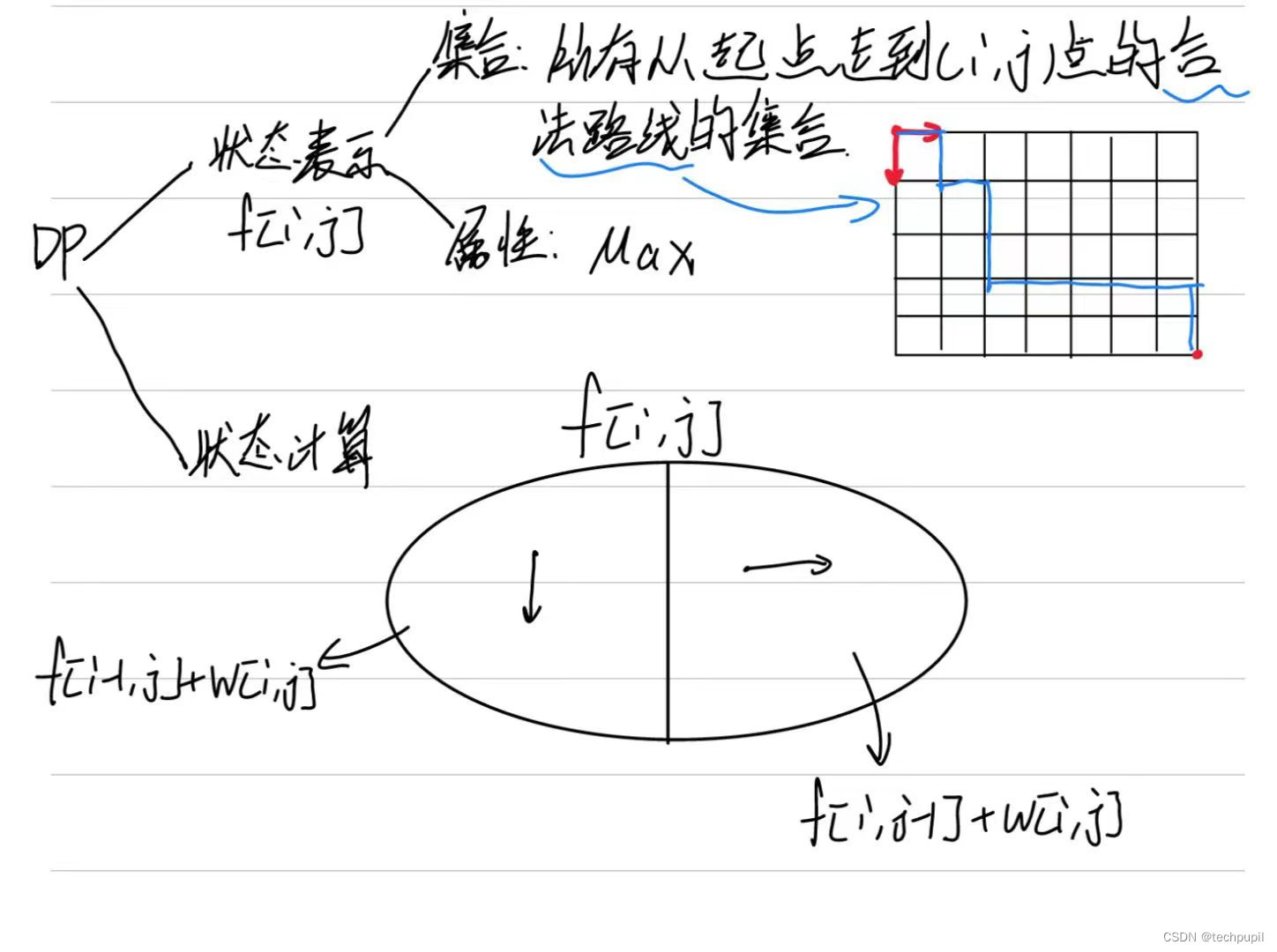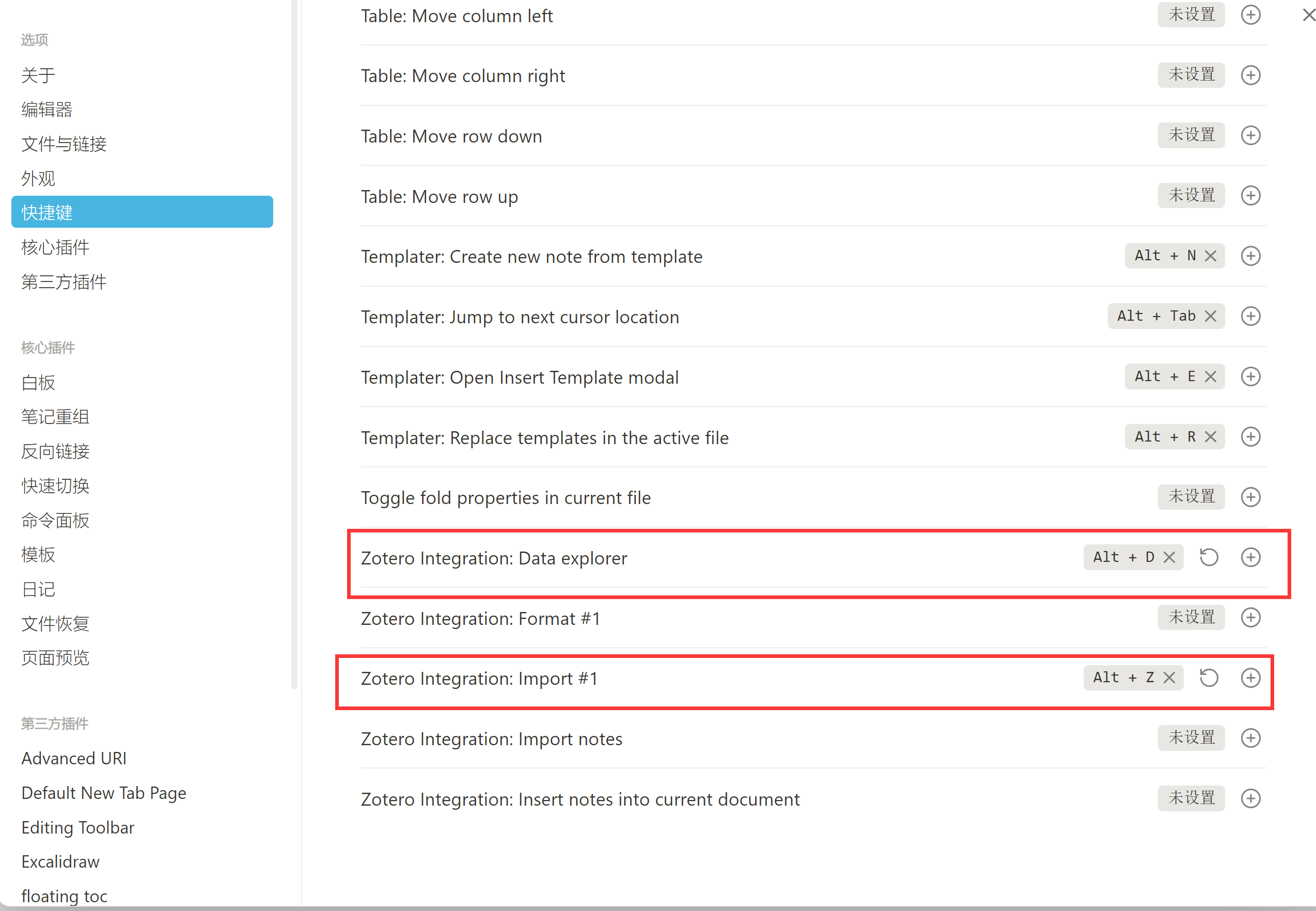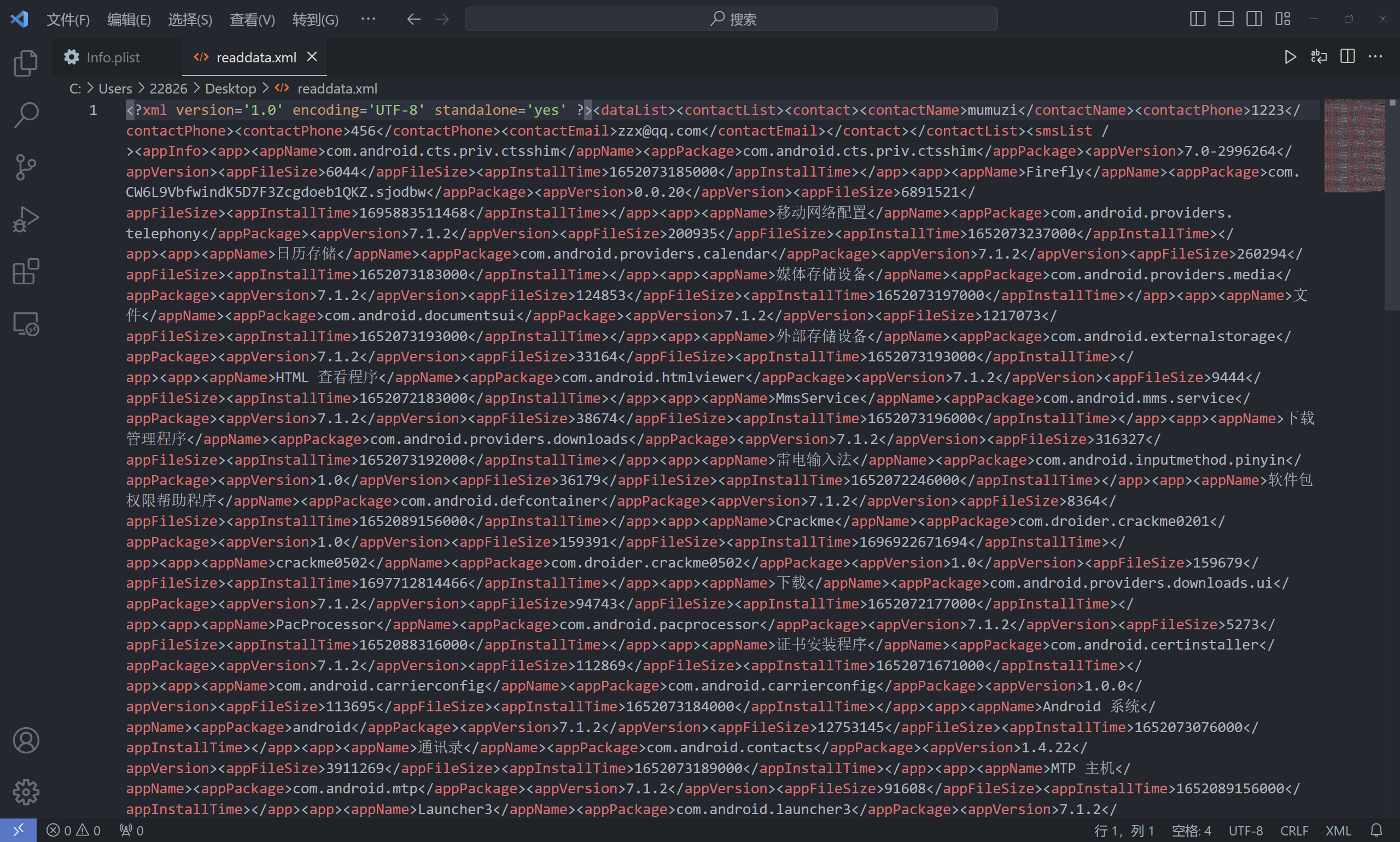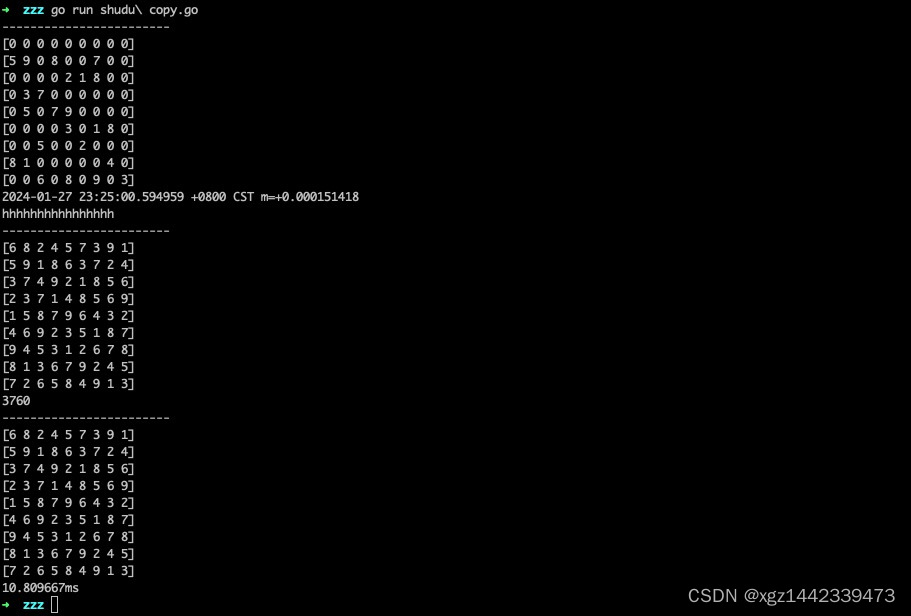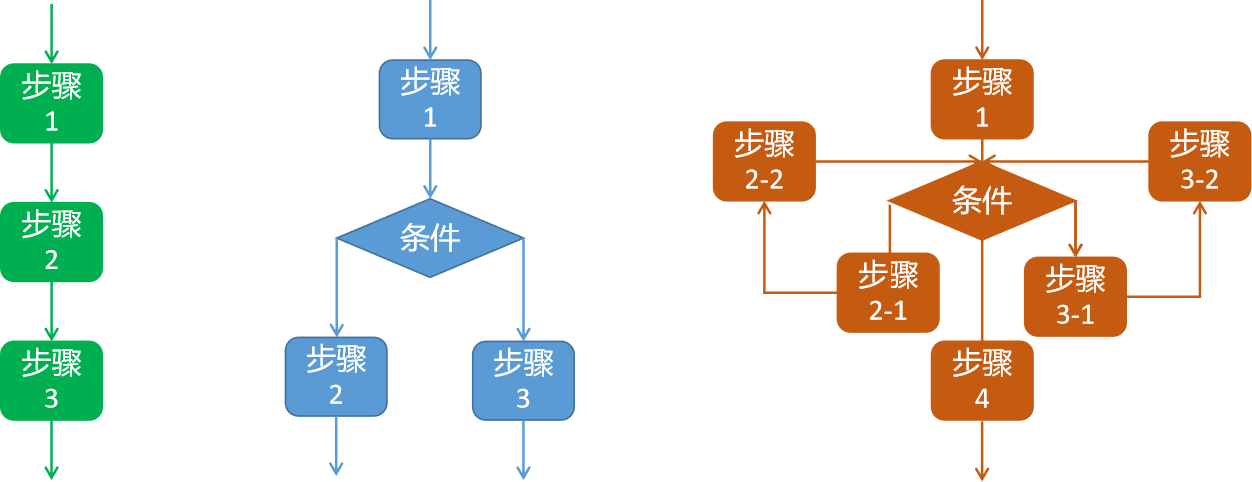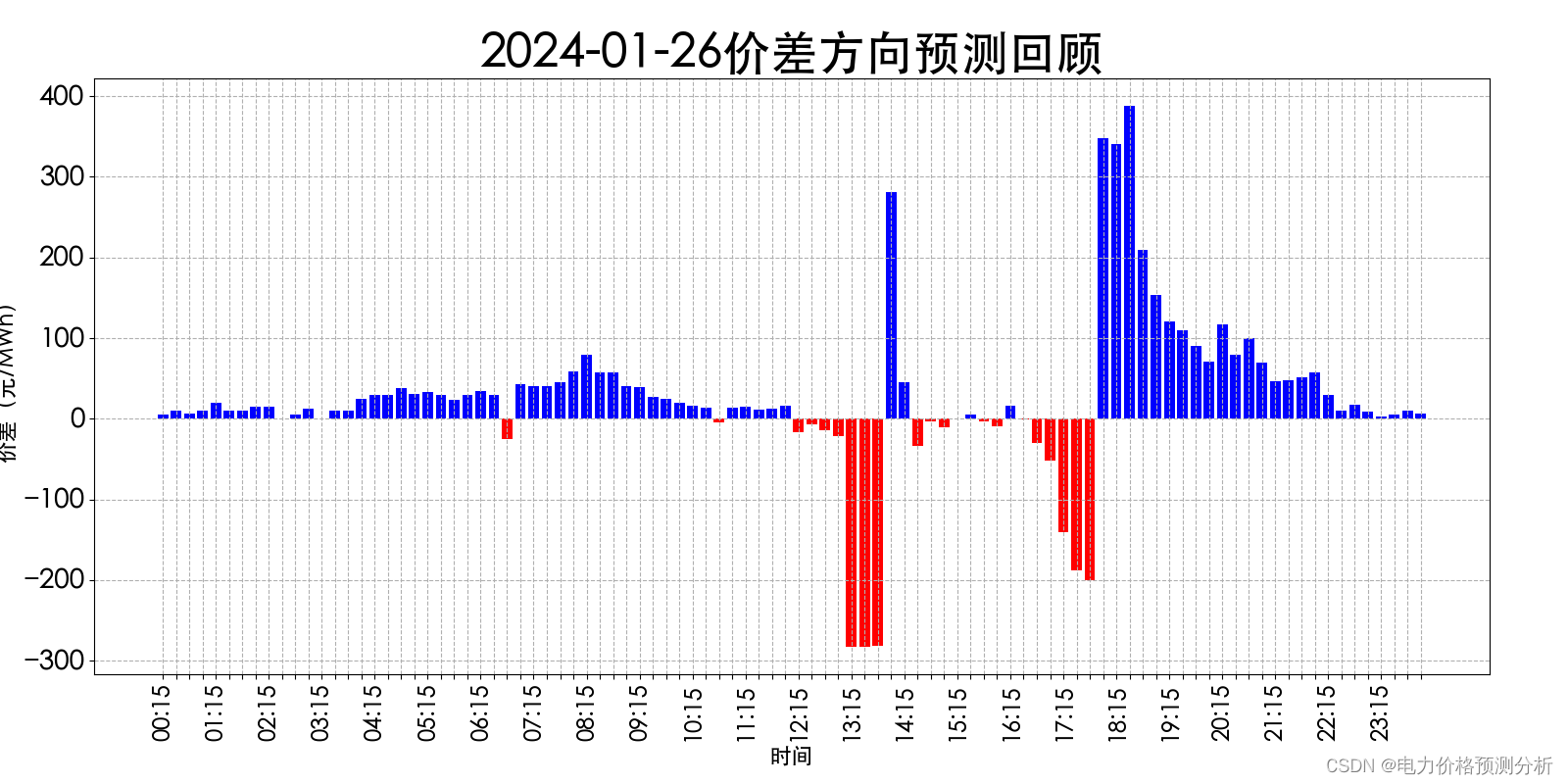文章目录
- 引入
- 魔法函数 和for循环原理
- iter和next函数
刷完这60个标准库模块,成为Python骨灰级玩家
引入
每个Pythoner对for...in这种循环都很熟悉,其使用方法如下
for i in [1,2,3,4,5]:
print(i)
输出如下
1 2 3 4 5 1\\2\\3\\4\\5 12345
上述代码非常符合直觉,就是把 [ 1 , 2 , 3 , 4 , 5 ] [1,2,3,4,5] [1,2,3,4,5]中的数据挨个挑出来,然后打印。但问题在于,for…in到底有什么能力,把 1 , 2 , 3 , 4 , 5 1,2,3,4,5 1,2,3,4,5从列表中拿出来,for…in又怎么知道 [ 1 , 2 , 3 , 4 , 5 ] [1,2,3,4,5] [1,2,3,4,5]是一个列表的?
这就涉及到了列表中的两个重要的魔术方法__iter__和__next__。
魔法函数 和for循环原理
为了说明这一点,可以做一个简单的粒子
class Test:
def __init__(self, N):
self.N = N
self.index = -1
def __iter__(self):
return self
def __next__(self):
if self.index < self.N-1:
self.index += 1
else:
raise StopIteration
return self.index
上面这个类中规中矩,除了重写了两个魔法函数之外,没有任何值得关注的地方。
但是,一经for…in的调用,就会明白__iter__和__next__的含义
>>> test = Test(5)
>>> for t in test:
... print(t)
...
0
1
2
3
4
其原理大致为
test = Test(5)
tmp = test.__iter__()
while True:
try:
print(test.__next__())
except:
break
即在进入for循环之后,先调用__iter__创建一个迭代器,然后不断地调用迭代器中的__next__函数,直到抛出StopIteration这个错误。
iter和next函数
在Python中,对__iter__和__next__这两个魔法函数,提供了外部的调用函数,即iter和next。
>>> test = Test(3)
>>> tmp = iter(test)
>>> next(tmp)
0
>>> next(tmp)
1
>>> next(tmp)
2
>>> next(tmp)
Traceback (most recent call last):
File "<stdin>", line 1, in <module>
File "<stdin>", line 11, in __next__
StopIteration
>>> next(test)
Traceback (most recent call last):
File "<stdin>", line 1, in <module>
File "<stdin>", line 11, in __next__
StopIteration
可见在弹出 0 , 1 , 2 0,1,2 0,1,2之后,再去调用next,弹出了迭代终止的错误。
但对于列表这种数据结构,并不能直接next,只有在iter之后,才能调用
>>> x = [1,2,3]
>>> next(x)
Traceback (most recent call last):
File "<stdin>", line 1, in <module>
TypeError: 'list' object is not an iterator
>>> y = iter(x)
>>> next(y)
1
换言之,对于一个类而言,__iter__和__next__并不需要同时具备,但一般来说__iter__返回的对象需要带有__next__魔法函数。其实现逻辑大致如下
class NextTest:
def __init__(self, N):
self.N = N
self.index = -1
def __next__(self):
if self.index < self.N-1:
self.index += 1
else:
raise StopIteration
return self.index
class IterTest:
def __init__(self, N):
self.N = N
def __iter__(self):
return NextTest(self.N)
测试一下
test = IterTest(5)
for t in test:
print(t)
结果为
0 1 2 3 4 0\\1\\2\\3\\4 01234
这其实也是range这个迭代器的调用逻辑。



